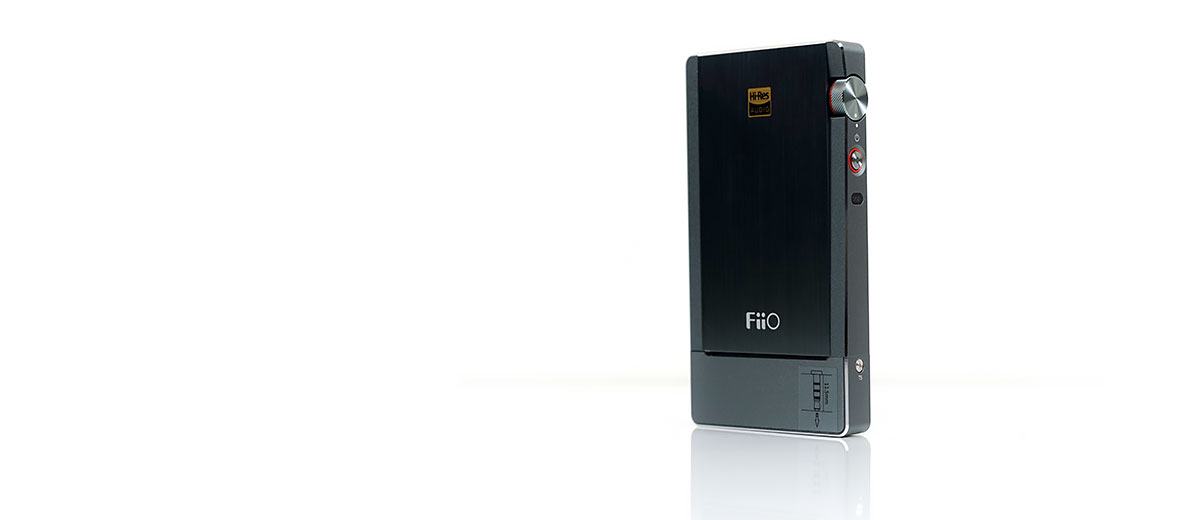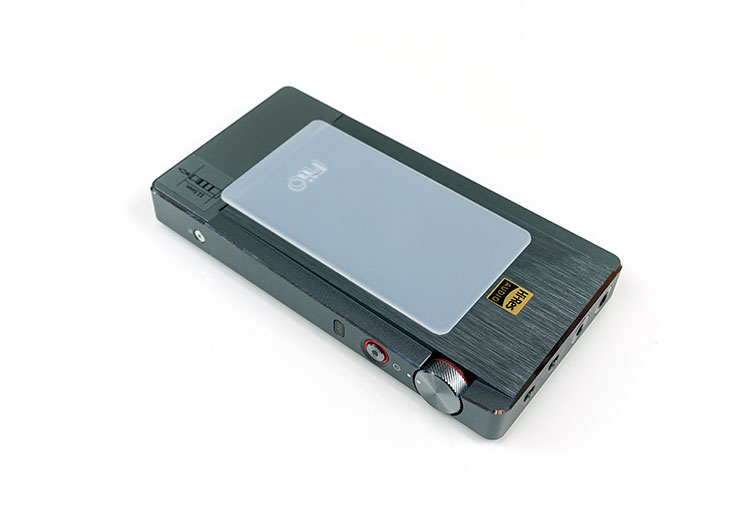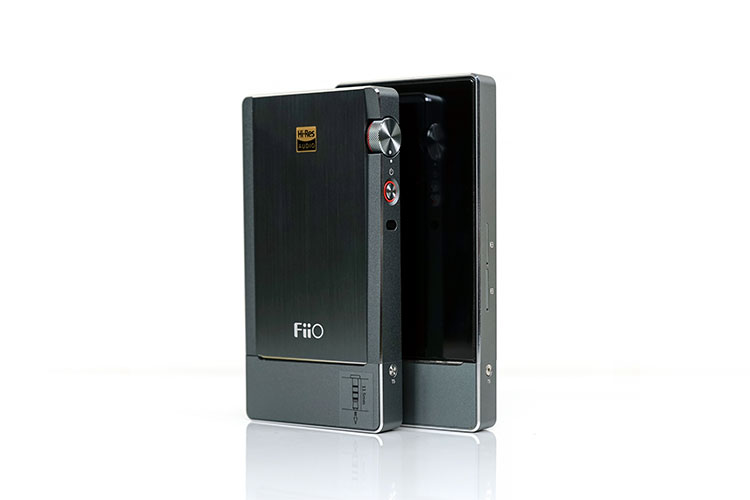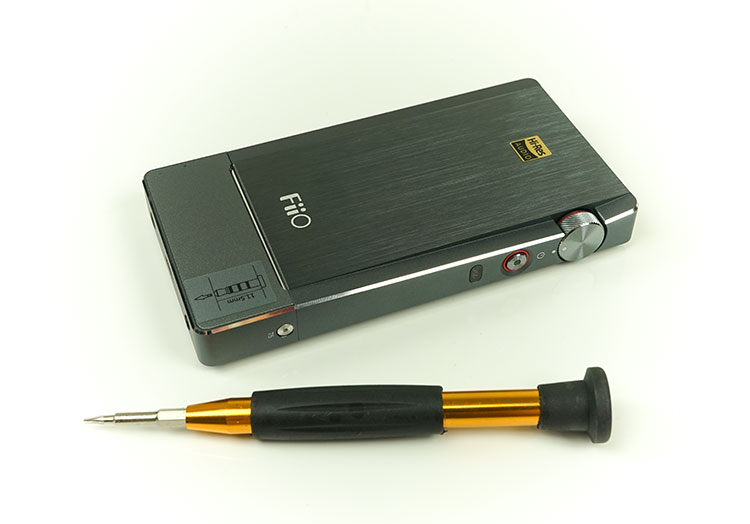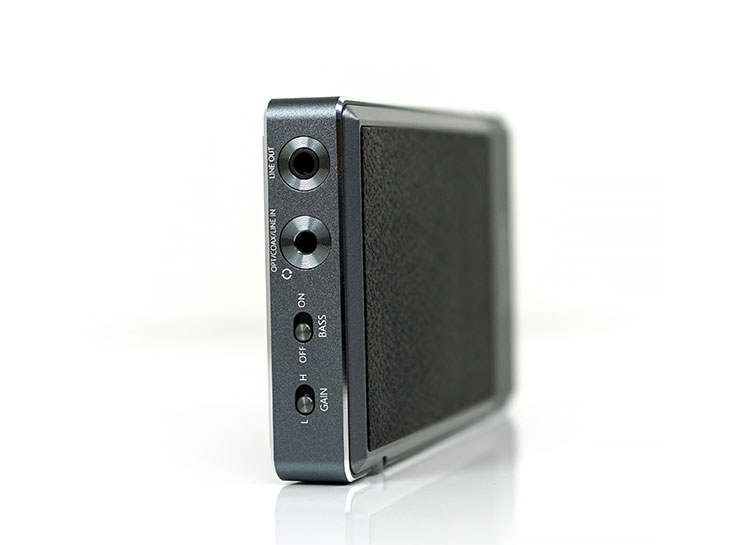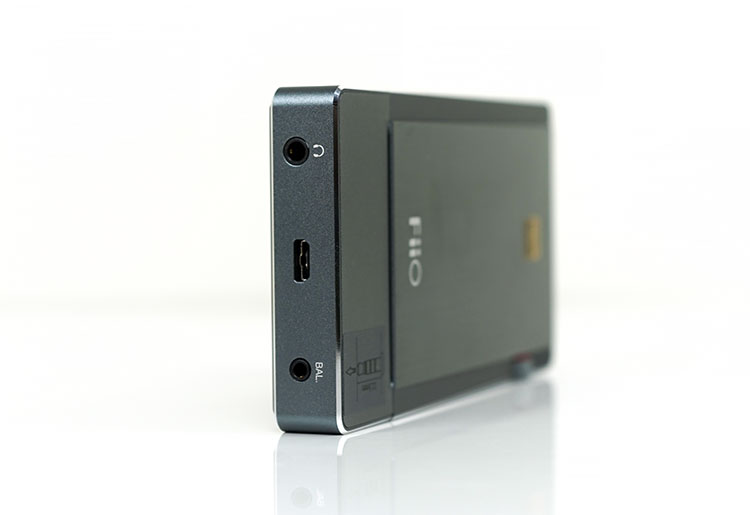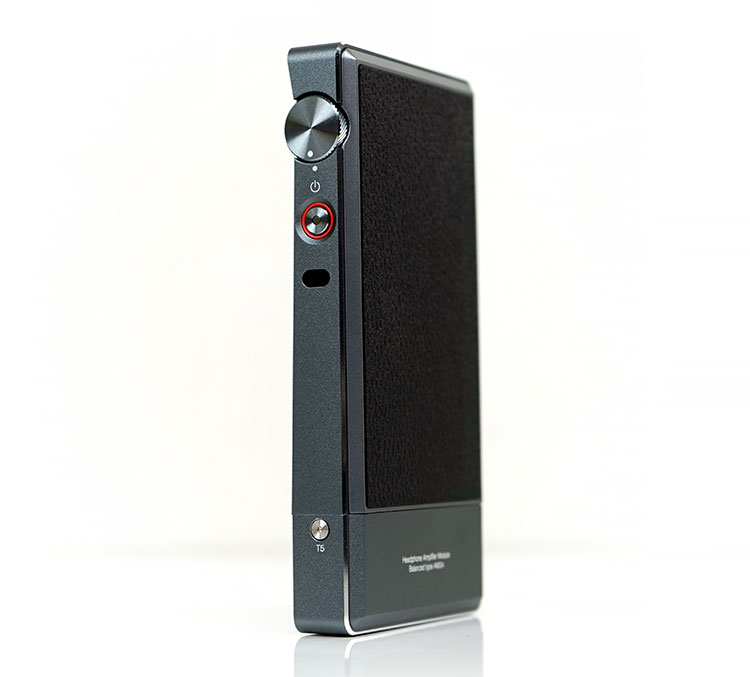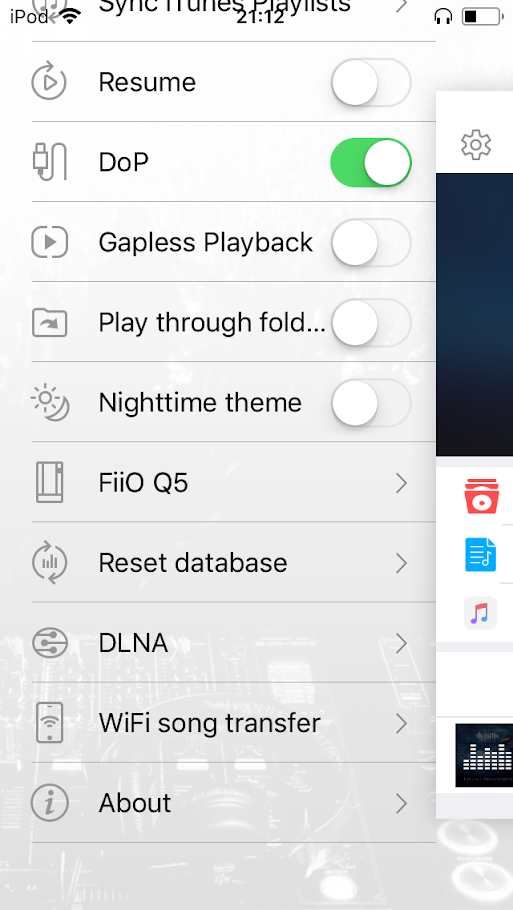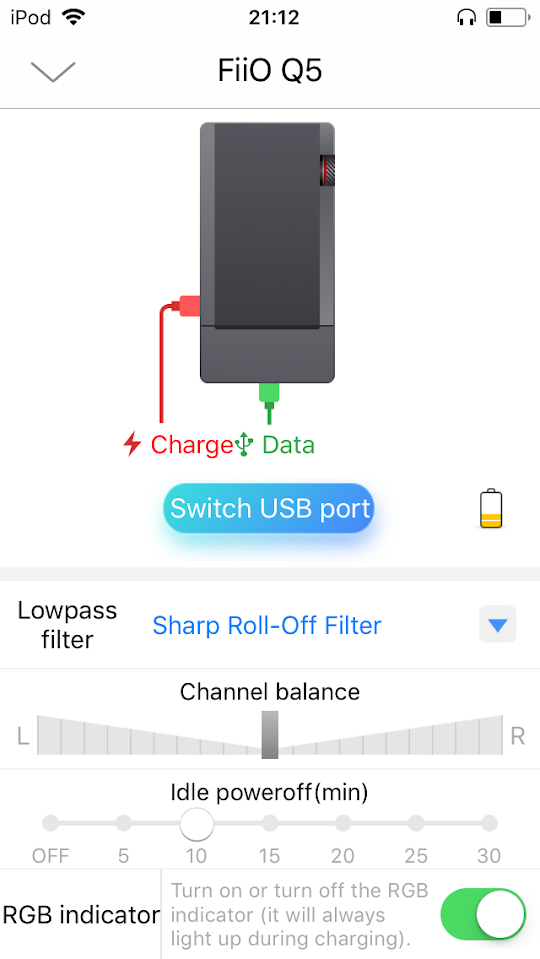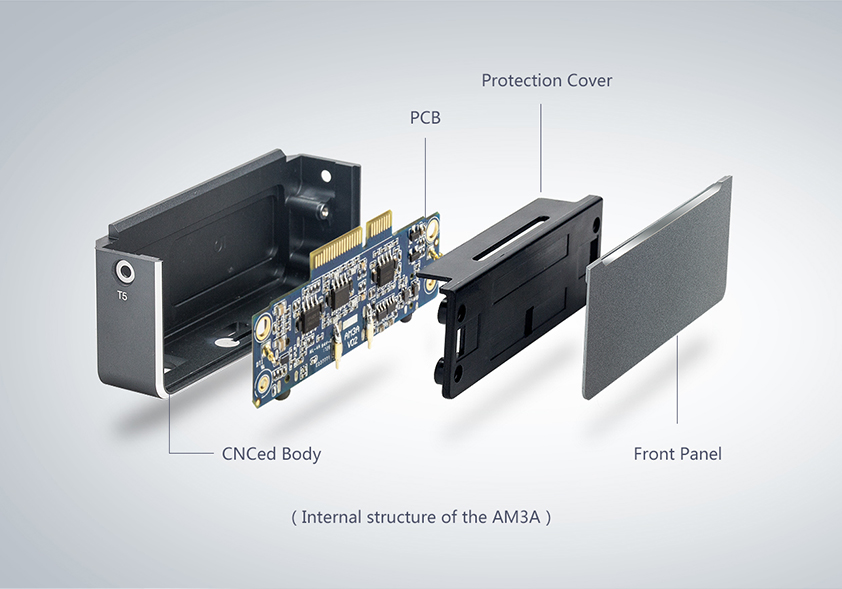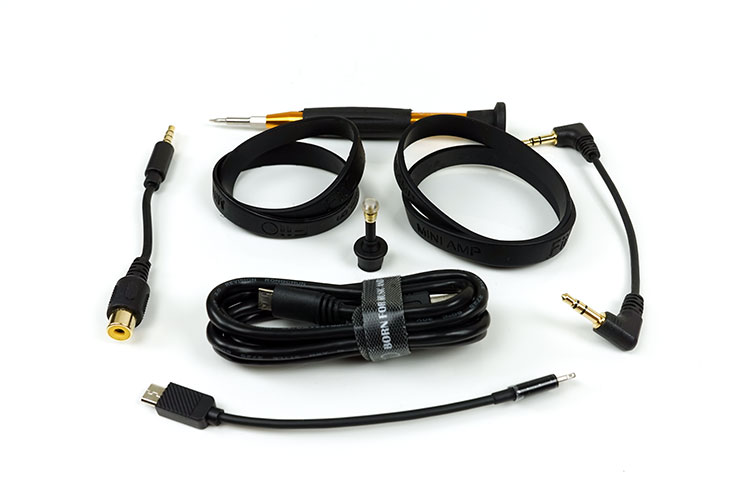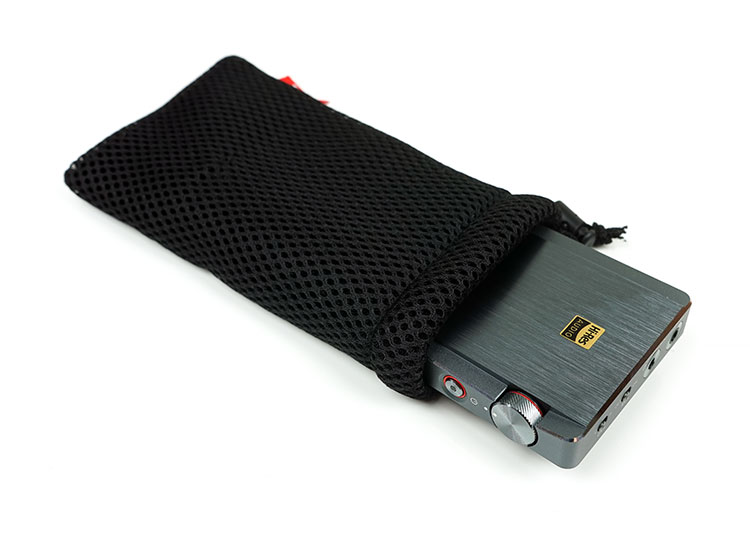The FiiO Q5 is a portable Bluetooth DAC/Amp using FiiO’s latest interchangeable amp module system which includes the AM3. It retails for $349.99
Disclaimer: The FiiO Q5 sent to us is a sample in exchange for our honest opinion. We thank FiiO for this opportunity.
To learn more about FiiO reviews on Headfonics you can click here.
It has been a few years now since FiiO first pitched the concept of a swappable amp card system with their X7 flagship DAP series. During that time the card ecosystem has expanded rather nicely with around 6 different flavors in both balanced and unbalanced currently available.
During that time FiiO has also continued with its bread and butter amp and DAC products albeit at a much lower entry-level such as the Q1 and A5. The Q5, priced at $349.99 represents quite a departure from their erstwhile budget mantra. This is their most expensive and ambitious portable amp/DAC solution thus far.
I had a sneak preview of it in Nov 2017 at their head office during the Guangzhou Audio Show event and even then it had lots of potential. Even though it was just an engineering prototype features like apt-X, dual DAC design, and swappable amp capability make it seem an ideal solution for those who wanted a well equipped portable amp/DAC.
What Is The Pitch?
Quite a lot of pitches actually with the Q5 and not just to the hardcore audiophile. At $349.99 this is their flagship portable DAC/Amp and much of the tech in their flagship DAPs has trickled down into this design.
I would not go as far as to say it is an X7 without a screen though. Whilst there is some overlap there are also a lot of unique differences between the two models to paint such a crude comparative.
Amp Swapping
Where do the pitches overlap? Well for a starter you can use the same amp cards on the Q5 you are already using on the X7 and X7 Mark II DAPs.
That’s around 6 different flavors of amping solution for the Q5 from neutral and low noise levels of the AM1, balanced of the AM3, AM3a, and AM3b to the outright power of the AM5. Tapping into an existing and matured secondary product range such as these is going to attract a lot of potential users as well as keeping it entrenched in FiiO’s Infinity Sound vision.
Connectivity
The second high-level overlapping feature is the wide range of options for the Q5 to fully integrate as a source and component in any system The Q5 offers apt-X Bluetooth for wireless, as well as MFi-certified connectivity to PC and Apple devices.
Though not promoted as such, OTG will work on Android devices though the emphasis is on ‘try before you’ buy to confirm. You also get FiiO’s usual array of traditional wired connections including coaxial/optical line-in and analog line-out.
Dual DAC
The biggest divergence from the X7 range is the use of the X5iii’s dual DAC setup with 2 AK4490EN chip implementation rather than the Sabre chips inside the flagship DAPs. They are a little cheaper, a little older but I find them just a little more fun to listen to in general compared to ES9018Q2M equivalents.
Importantly they support all the modern codes and resolutions required to play everything outside of MQA. Of course, much will come down to the amp card deployed but they are solid and well-respected chipsets.
Design
Form Factor
The Q5 form factor does look a little like an X7 without an LCD screen from afar but there is a little more to it than that. It is marginally shorter in height though it does have a similar base design and shape to accommodate the amp modules. It is just slim enough to stack reasonably well with most smartphones in the market today.
With the amp modules attached about 20% of the form factor is exactly the same as you would find on the X7. The rest of the body is comprised of a flat sandblasted and anodized aluminum body with a slight dip and curve on the right side for access to the volume dial.
The dip and curve apparently are there to naturally guide your finger to the dial without hunting for it and truth be told it does a very good job of that.
Volume Dial
The volume dial will look familiar to A5 and Q1 users as it uses the same 45-degree grooved pattern for grip (and styling) and finished with a red ring at the bottom much like the Q1. The quality of the materials used are that bit higher so it does look more refined than the Q1 dial and also a bit bigger. It is also inset rather than sticking out so it has an element of protection.
Grip
The back of the main Q5 body is finished with a faux leather material to prevent accidental damage when placing it on a surface as well as to increase the levels of grip when in use. Its relatively slim and longish form factor should be a lot easier for stacking on mobile phones and other similarly shaped DAPs such as the X7 itself.
LED Status Bar
FiiO has retained the LED bar just below the metal front plate and it works in much the same manner as the X7 DAP LED bar with different colors representing different functions. The coding system is as follows:
- White – USB Input
- Green – Line input
- Purple – Optical Input
- Yellow – Coaxial Input
- Blue – Bluetooth Input
- Red – Battery Status
The Q5 is also a little lighter than the X7 DAP range by around 15-20g due to the slightly shorter chassis combined with the lack of an additional LCD screen and internal components such as the WiFi receiver.
Swappable Amp Cards
The amp card system works in exactly the same manner as the X7 system with two T5 screws, one on either side of the top of the card that locks the card into the chassis of the Q5. Once unscrewed simply slide out and slide in the new card and screw it all back in. It is a very simple system to work with however, the Q5 has no screen to confirm which card you have and if it is active.
On a frivolous note, the screwdriver FiiO has supplied with the Q5 is so much better than the tiny one that comes with the X7 DAPs. Quite apart from the size which means you are less likely to lose it, it also has a swivel rest pad at the top which makes it very easy to take out the screws.
Inputs & Outputs
There is a lot to cover here on the Q5. This is FiiO’s most complex portable amp and DAC offering to date with a vast array of features on all panels.
Top
On the top panel of the Q5, you will find most of the traditional FiiO amp and DAC wired options as well as their gain and bass boost features used before on the likes of the A5 and Q1. To the far right, you have a line-out 3.5mm jack as well as a multi-function digital 3.5mm input right beside it for optical and coaxial connections.
Bottom
The bottom panel is dictated by which amp car you are currently using. The Q5 comes out of the box with the AM3a which is the same amp card they ship with the X7 Mark II.
Here you get a 3.5mm TRRS and 2.5mm TRRS jack output on left and right with a micro-USB port in the middle. Changing these cards will result in different jack output configs such as 4.4mm, 3.5mm, and 2.5m though the central micro-USB slot is constant.
Dual-Independent USB
Now the cool thing about the Q5 design though is you do not have to use the USB slot on the amp card to charge. There is another micro-USB slot on the main body located on the left panel. This is the sample principle you find on split head USB-Cables channeling power away from signal to reduce noise and jitter.
So for instance, if you have the Q5 as your DAC source to a PC you can charge the Q5 from the side USB and take a digital signal from the USB slot on the amp card. It also means when updating the firmware you can have a consistent charge during the upgrade process and be sure it won’t brick and die in the middle of updating. A very neat and welcome idea.
Left Panel
Further up the left panel, you have three raised physical buttons that have a primary playback control functionality and a secondary Bluetooth pairing mode feature. It is from here you pair with your source transmitting device.
You simply press and hold until the LED bar on the front plate flashed red and blue then pair with your smartphone etc. Once paired the LED will stay on a constant blue color until you disconnect.
Right Panel
There are three primary features on the top of the right panel; volume control, power, and a little resolution indicator just below it. The volume dial we have covered from a physical perspective but just to add that FiiO has retained their ADC volume control feature from the Q1.
ADC Volume Control
ADC is a nice little feature for IEM users because it does a lot of rectifying for channel imbalance at low volume as well as cut out additional noise producing a very smooth and accurate level of control. This has been enhanced on the Q5 though with an additional 256 levels of further incremental adjustment compared to the Q1. Testing with some single BA designs you will be hard-pressed to get channel imbalance on the Q5.
Power Button
This looks to me like the same power button form and functionality of the X5iii. It uses the same illumination powered LED in the middle of a recessed circular metal button though the lack of LCD screen means it has no dual functionality acting simply as a power on and off button. It’s LED will glow blue when in use or turned on and switch to red when the battery is running low or charging.
DSD Indicator
The final feature below the power button is a little display logo that lights up green when DSD is being decoded. It is a useful notifier though nothing more than cosmetic in it’s application.
Functionality
DAC
The Q5 uses a similar DAC chipset design to the FiiO X5iii with a dual AK4490EN implementation. Having said that the implementation is more studied than the X5iii from what I can tell with much lower noise floors than the amp used on the X5iii due to the enhanced power filtering inside the Q5.
I would also hazard a guess that the lack of Android OS and switchable amp solutions provide a much better platform for the dual AK4490EN to show its full potential.
AK4490EN chips are AKM’s mobile chipset solutions and part of their Velvet range architecture. They are a little long in the tooth and do not have quite the same dynamic range capability as the ES9028 chipset in their flagship X7 Mark II but tend to offer a fairly likable musical signature in most implementations I seen to date.
Unlike their bigger AK4990 desktop variants they are a little less power-hungry, 2-channel based and most designers tend to engineers tend to find them much easier to work with over the older Sabre DAC chipsets. They are also just as capable. On the Q5 decoding is up to 384kHz/32bit on USB signals, 192KHz/24bit for coaxial, and 96KHz/24bit for optical inputs. DSD is supported up to DSD256.
iOS App Controls
The Q5 has also a few hidden Easter eggs, one of them being its interface capability via BT using their FiiO Music app for iOS devices. Sadly, nothing for Android so I hope it is on the way because it is a very useful tool, especially when stacked on the go.
Simply pair an iPhone or iDevice to the Q5 and the Q5 will appear in the drop-down menu of your app. From there it will connect with the Q5 automatically to display battery status, channel balance options, filter options for the DAC, and also switch the dual USB connection functionality between charging and data only. It will even turn the LED panel or RGBB indicator on or off.
The digital filter set is the same filters you get on most AK infused DAPs with 5 choices including sharp and slow roll-off and short delay options mixed in.
Amp Cards
The Q7 comes out of the box with the AM3a amp card and it is a pretty good card to start with. The AM3 is a modified version of the older AM3 and is perhaps my favorite card in terms of performance and value out of the entire range.
The key characteristic of the AM3a is that it retains both single and balanced outputs of the older AM3 but drops the output power ratings a little for smaller loads which is good news for IEM users.
The AM3 numbers under a 16ohm/1kHz load had a rating of 250mW in single-ended and 420mW for its balanced output. Compare this now to the AM3a which outputs at a lower 200mW and 380mW under the same load conditions and you can see what FiiO is trying to do. Noise should be much better controlled on the new AM3a and thus the Q5 should be a quiet experience.
Wireless
Bluetooth on the Q5 is controlled by a Qualcomm CSR8670 and officially supports apt-X, AAC, SBC wireless codecs for both Apple and Android sources. FiiO may have missed a trick here with new devices coming out supporting higher bitrates (24BIT) apt-X HD such as their own consumer-level M7 DAP and Sony’s LDAC codec.
Sadly, for apt-X HD, you do need the CSR8675 version of the Qualcomm chip so I am skeptical if the Q5 can be upgraded to support the newer codecs. I would have loved to have seen low-latency support also added to the Q5.
Accessories & Packaging
The Q5 comes loaded and I mean seriously loaded with plenty of tools and accessories inside the rather diminutive retail box. The box itself is fairly typical FiiO. It is professionally done with not a huge amount of fuss in materials. It does have the usual origami infused cardboard folding affair on the inside to hold everything together.
I am told also that they have released some optional extras including a leather case and an expanded leather case to hold your iPhone and Q5 as a single unit. I will ask for that at a later stage as this package came without it and post the pics and add further commentary to the review once I get a handle on them.
I am fairly sure it will be a substantial upgrade on their stock netted pouch which, while adding some needed protection, is much too loose to adequately hold the Q5. It is also the same pouch as the Q1 and not sure if that’s a value-add to the more premium Q5.
Apart from that, the list is excellent. You get that upgraded screwdriver for swapping the amp cards, a 3.5mm-3.5mm IC, USB to 3.5mm, USB-A to Micro-USB 1m charging cable, the coaxial adapter with 3,5mm converter, and 4 rubber straps for stacking. You also get the usual manuals and cards tucked inside to get familiar with the Q5.
Click on Page 2 for Sound Impressions & Comparisons

